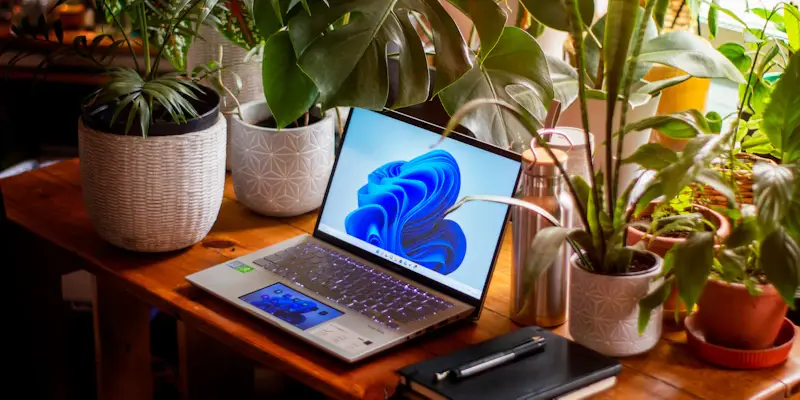The dynamic landscape of operating systems has seen a striking shift recently, with Windows 10’s market share decreasing as the end of its mainstream support approaches.Users are compelled to migrate to Windows 11 or face the prospect of paying for extended security updates. This change underscores the evolving nature of technology adoption and user preferences, as analyzed by Statcounter data revealing notable trends.
Market Share Dynamics between Windows 10 and Windows 11
In the latest statistics, Windows 11 has reached an unprecedented market share, climbing to 42.66% as of March, the highest it has ever been. This marks a significant increase of 15.98 points year over year. Conversely, Windows 10 has witnessed a marked decline, falling by 14.84 points, now holding 54.23% of the market. This rapid transition highlights the broader trend towards adopting newer technologies, even while some users remain hesitant due to various reasons.The steady transition from Windows 10 to Windows 11 can be partly attributed to the impending end of mainstream support for Windows 10. Users are now faced with the decision to upgrade or eventually pay $30 for an additional year of security updates. The choice is becoming increasingly urgent as the deadline approaches, pushing more users to adopt Windows 11. However, hurdles remain for some users who are constrained by hardware limitations or are uncertain about the new design changes introduced in Windows 11.
Extended Security Update Program
To address these challenges and retain users who cannot immediately upgrade, Microsoft has extended the Security Update program for regular consumers. This program, previously available only to commercial users, aims to provide an additional layer of security and support.By offering this extension, Microsoft hopes to ease the transition and reduce resistance from those still reliant on Windows 10. This initiative highlights Microsoft’s strategic response to the market’s evolving demands, aiming to balance user needs with the push towards newer systems.
Meanwhile, other versions of Windows have seen little change in their market shares. Windows 7 continues to hold 2.22%, Windows XP maintains 0.33%, and Windows 8.1 is at 0.28%. These figures further illustrate the gradual yet persistent migration from older systems to newer ones. Despite this overall trend, a segment of users remains resistant due to compatibility concerns and attachments to familiar designs.
Future Considerations for User Transition
The operating systems landscape is experiencing a noteworthy shift, marked by a decline in Windows 10’s market share as its mainstream support period nears its end. This has prompted users to transition to Windows 11, unless they choose to pay for extended security updates. The situation highlights the continuously evolving nature of technology adoption and user preferences. This trend is backed by data from Statcounter, which reveals significant patterns in user behavior. As Windows 10’s mainstream support ends, Microsoft is encouraging users to move to Windows 11, signaling a push for more modern features and enhanced security.The shift reflects broader trends in the tech industry, where staying up-to-date with the latest software is crucial for security and performance. For many users, transitioning to Windows 11 is seen as a necessary step to ensure the longevity and safety of their systems. As technology continues to advance at a rapid pace, user preferences and choices evolve, emphasizing the importance of staying current with the latest operating systems and updates.

